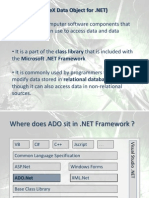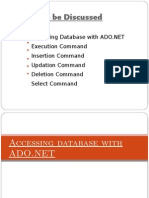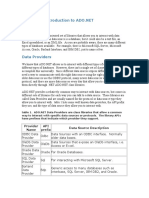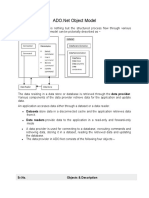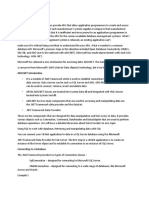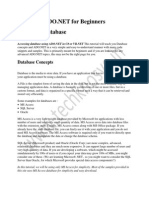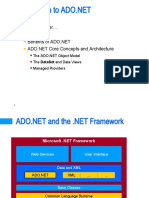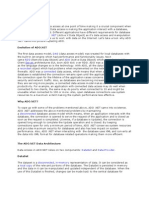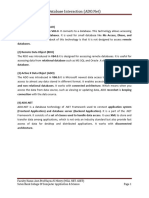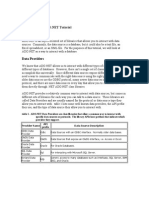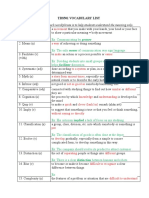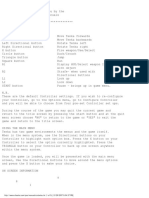0% found this document useful (0 votes)
62 views12 pagesChapter 5 Database Connectivity
This db material use it.
Uploaded by
jamsibro140Copyright
© © All Rights Reserved
We take content rights seriously. If you suspect this is your content, claim it here.
Available Formats
Download as PDF, TXT or read online on Scribd
0% found this document useful (0 votes)
62 views12 pagesChapter 5 Database Connectivity
This db material use it.
Uploaded by
jamsibro140Copyright
© © All Rights Reserved
We take content rights seriously. If you suspect this is your content, claim it here.
Available Formats
Download as PDF, TXT or read online on Scribd
/ 12






